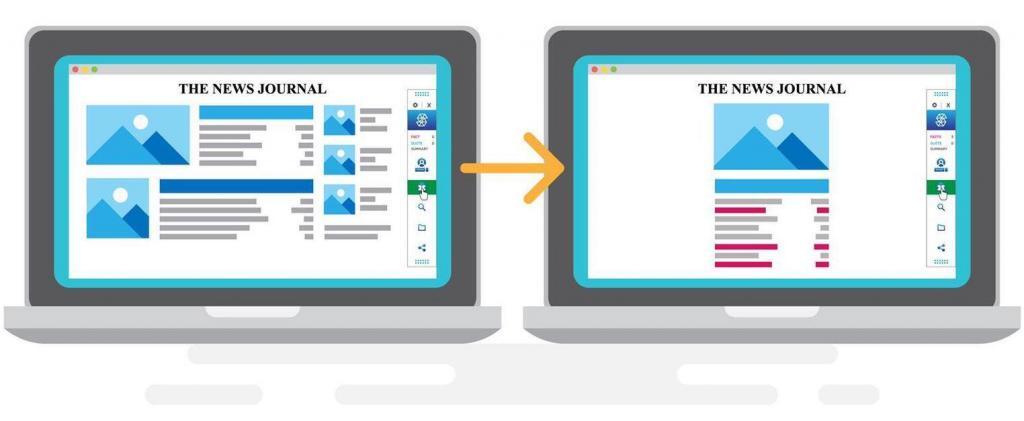How to Summarize the News
- How to Summarize the News
- The purpose of a summary is to state what importance a piece of news contains. Follow these 6 steps to summarize the news clearly and comprehensively.
- 2. Identify the magnitude of the story.
- 3. Note the who and when.
- 4. Highlight why the news is important for the audience.
- 5. Evaluate the source.
- 6. Projections, Estimates, Opinions: Clear the noisy quasi-data.
- Pro tip: Save time and supercharge your research efforts with Skim AI’s 1-click summarization tool.
How to Summarize the News
The purpose of a summary is to state what importance a piece of news contains. Follow these 6 steps to summarize the news clearly and comprehensively.
Before you begin to summarize the news, you need to know the intended audience of the summary. Different audiences drive different motivations for summarization, for example you might need to help your boss determined whether or not a piece of news is important. Or, on the other hand, inform a colleague of a new process. Regardless of the audience, there are a few key components to include in every news summarization.- Find the contextual topic sentence.
Reporters typically summarize the topic of story in the first few sentences so you should find it in the beginning of the article. First, re-write the topic sentence and try to include data from later in the story to provide context.
2. Identify the magnitude of the story.
Next, look for data points that give context to the total impact of the event such as:
- Is the percent of the population is affected quantified?
- How about the percentage change discussed?
- What is the absolute value of the change?
- How does the data compare to the past?
- Has this happened in the past, how many times?
- What happened last time this issue was reported on?
3. Note the who and when.
Then, document the exact audience and scope of who the news impacted and when.
- Factual: Where did it happen?
- Factual: When did it happen?
- Factual: Did an important person make a claim or statement?
- Quote: Is it a projection about the future?
- Judgement: What has to happen for the outcome to occur?
4. Highlight why the news is important for the audience.
Once you have the facts, consider why this matters. To clarify – why does the audience need to know about this news and how is the status quo altered?
5. Evaluate the source.
This is imperative – the publishing source can’t be ignored. Consider the sources contributing to the article and potential motivations for a publisher (for instance, money, values or political affiliation). Look for validity in the form of awards or how often the source is cited by other publications or organizations.
6. Projections, Estimates, Opinions: Clear the noisy quasi-data.
Finally, use your own judgement. Projections, estimates and opinions are subject to uncertainty, therefore you, as the reader and messenger, have to judge the credibility. If you do trust the source’s credibility, try to gather factual historical data that gives context to support the claims.
By following these simple steps, you’ll be able to present any news article in a clear and concise manner for your audience.
Pro tip: Save time and supercharge your research efforts with Skim AI’s 1-click summarization tool.
- Instant summarization.
- Fact and quote extraction.
- Clip, save and retrieve sentence level information.
- Manage citations by topic or saved data point.
https://skimai.com/wp-content/uploads/2019/08/Skim-Summary.mov#t=0.01

Automatically generate summaries on news articles, research papers, PDFs and more with Skim AI’s summarization tool.






